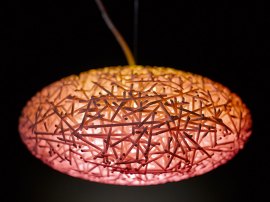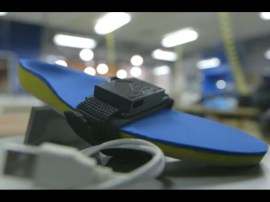Tiny 3D printed battery could revolutionise wearable tech and cyborg-style implants
The size of a grain of rice, the world’s first 3D printed battery could be used to power a new generation of nanotechnology

3D printing has done it again, this time delivering a battery so small it could slip through your bloodstream.
Developed by a team of researchers from Harvard University and The University of Illinois, the battery is made of a nanoparticle-filled paste, which is printed into two interlocking comb-like shapes by a custom 3D printer with a millimetre-wide nozzle. The arrangement of the combs creates an electrode.
Powering human implants
This battery may be tiny but the possibilities, needless to say, are huge. It could be used to power smaller smart devices, insect-sized robots, or make wearable technology less conspicuous. Imagine a generation of Google Glass that looked like a normal pair of specs – this battery could make that a reality. It could also be placed between layers of fabric in, say, a jacket without causing any noticeable bulkiness.
In fact, it’s so small that it could even find its way into cybernetics and Deus Ex-style human implants, powering technology that could improve your vision or hearing. It could even be used to power replacement limbs.
One of the best things about this battery is that it’s easy to work with: it’s a “normal” lithium-ion battery, similar to the one in your smartphone, and despite its small size, it’s dense enough to provide a comparable measure of power to existing commercial batteries.
[Via GigaOM]



